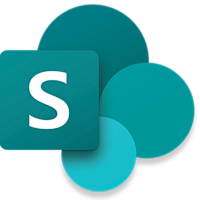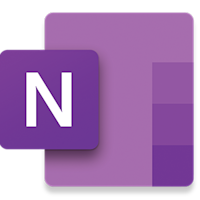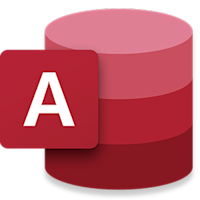Scale the skills of your people
Modern organisations rely on desktop applications to maximise efficiency and productivity.
Through Microsoft end user training, Lumify Work will equip your people with tips, tricks and techniques that will make the most of your organisation-wide investment in applications.
Lumify Work also has extensive experience as a solution provider of large application migration rollouts to reduce time-to-productivity.
End user training can be fully customised to meet your specific needs. Choose from a range of flexible delivery options at our training centres, on your premises or remote delivery.















